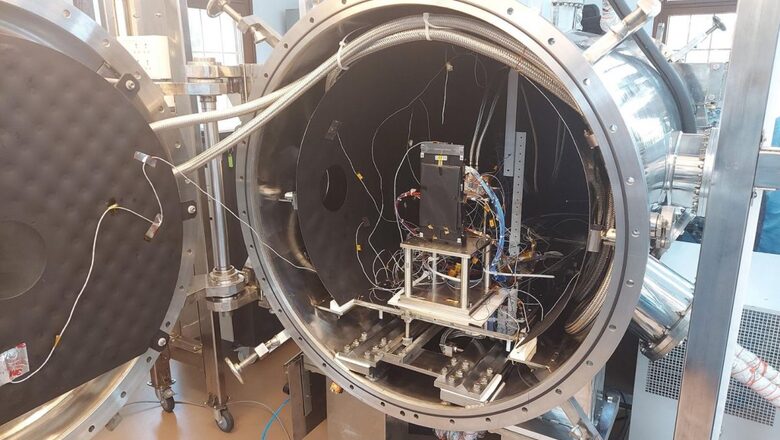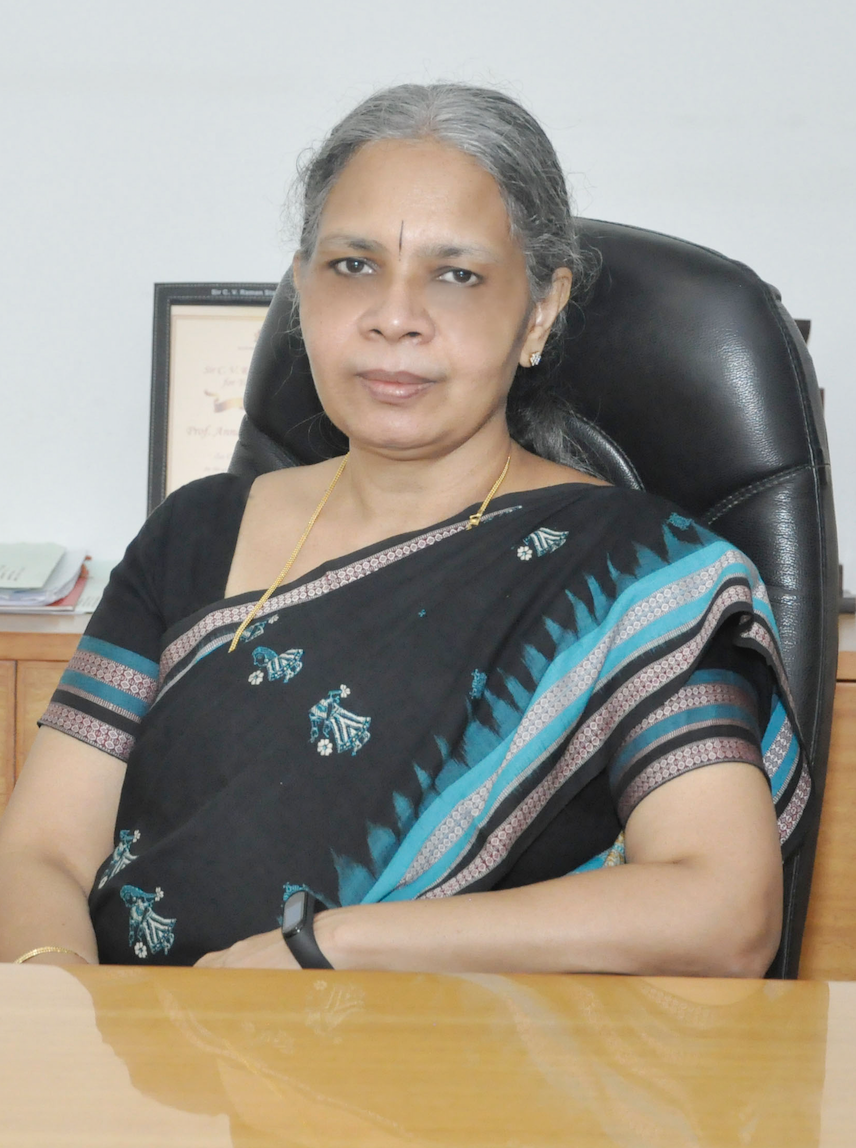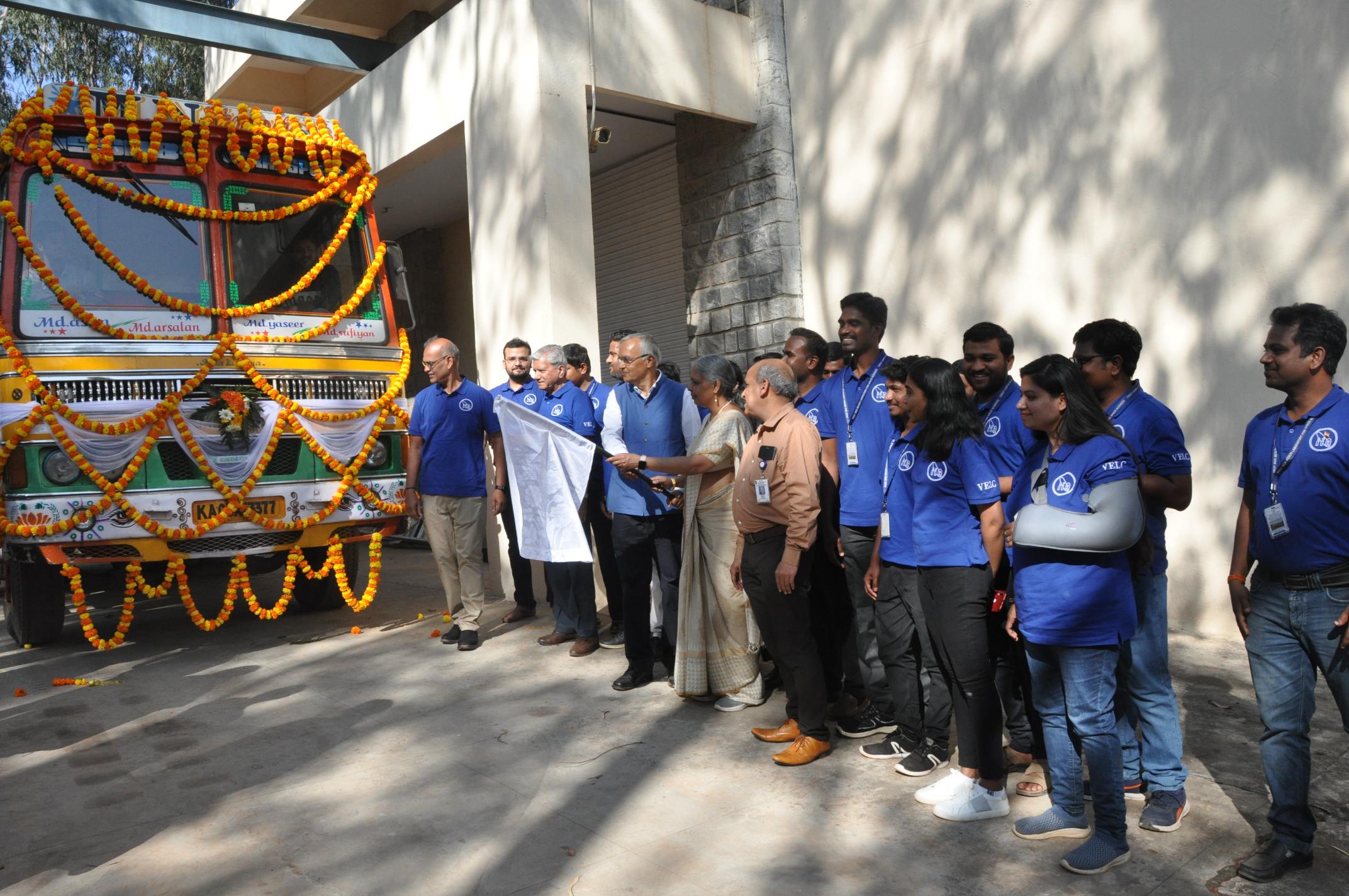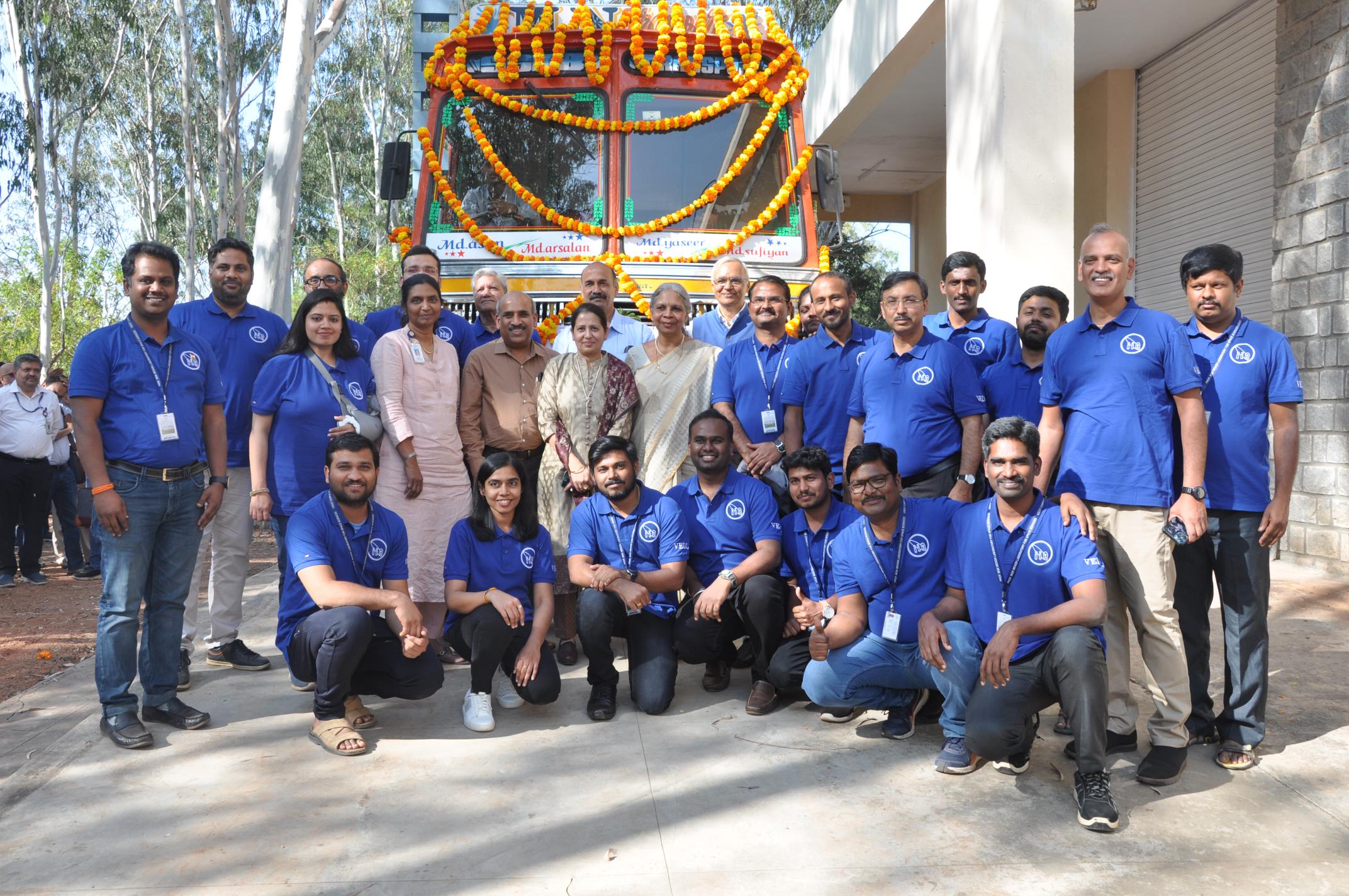
views
Scientists at the Indian Institute of Astrophysics (IIA) in Bengaluru have spent over 15 years building, calibrating and painstakingly assembling nearly 40 different optical elements into a complex payload that will drive India’s first-ever mission to the Sun this year.
This January 26 saw the culmination of that work as the team finally handed over one of the most challenging scientific payloads that they have ever built to the Indian Space Research Organisation (ISRO). The 90-kg Visible Line Emission Coronagraph (VERC) is one of the seven, but the most important payloads, which will now be integrated into Aditya L1 satellite which will fly into space this year aboard the agency’s old warhorse – PSLV.
The historic flight set to take off in the first quarter of 2023 will mark India’s first-ever dedicated scientific mission to study its most important star – the mighty Sun. The PSLV rocket would ascend into space from Sriharikota and travel nearly 1.5 million kilometres towards the Sun – almost three times the distance of Earth from its closest neighbour Moon.
TOUGHEST PAYLOAD EVER BUILT
“It is indeed one of the most arduous and challenging scientific instruments that our scientists have ever built,” said Professor Annapurni Subramaniam, the senior astronomer who heads the Bengaluru-based IIA, in an exclusive interview to News18.

“The institute has been studying the Sun for long now. For over 100 years, we have had the historic image of the Sun, but it is the first time an instrument built by our scientists will be sent so close to it, that it can possibly capture what’s happening on it.”
Mission – Aditya L-1 is being considered a major milestone in India’s space astronomy. What makes it most daunting is the sheer scale, scientific rigour and the precision that the mission requires in order to be successful.
It comes just a year after NASA’s Parker Probe made headlines for becoming the first-ever mission to “touch” the Sun during a flyby. The US probe went in and out of Sun’s Corona – the first to enter its atmosphere. But India’s maiden solar mission promises to be unique, with a capability that no other mission has achieved before, say astronomers.
Unlike any other satellite before, Aditya L-1 will be stationed precisely at a point — L1 (Lagrangian Point) — between the Sun and the Earth. The vantage point will ensure that it obtains an unobstructed view of the Sun during its entire mission life — no eclipses, no occultation as it collects a vast trove of images, data and observations.
WHAT MAKES THE SUN SO HOT?
It is no mystery that the Sun is blazing hot. But scientists for long have struggled to answer why the Sun’s surface is just 5,700℃ hot, while its outer atmosphere layer Corona is over a million degrees hotter than that.

“It is a million-dollar question that continues to baffle astronomers the world over,” says Prof Subramaniam. “How is this Corona formed? What are the various small-scale processes that drive this energy? Answering this puzzle needs continuous observations of the Corona, right from its lowermost boundary upwards. But we cannot do that without getting overwhelmed with the powerful bright light from the surface of the Sun (the Sun’s disk).”
In order to overcome the challenge, the astrophysicists have integrated an internal occulter in the VELC payload — a shield that will separate out the light from the Sun’s disk and discard it. The remaining light which is from the Corona will then be studied. The instruments inside VELC will have to be kept at 22℃, while also radiating away the enormous amount of heat and light from the solar disk.
Another mystery that puzzles astronomers is the Coronal Mass Ejection – the powerful radiation storms that erupt suddenly from the Sun’s Corona into space, and sometimes even reach the Earth. These large expulsions filled with magnetic energy can be dangerous for the spacecraft and the astronauts. But despite years of observations, there are no such forecasting tools available which may help scientists to predict these massive clouds of energy. “We do not have many clues,” says the senior astronomer.
WHAT MAKES THE MISSION UNIQUE?
With 40 different optical elements, an internally occulted coronagraph that reduces the scattering of Sun’s powerful light to bare minimum, and a super-polished mirror built by ISRO, the payload promises to be like no other, assure scientists. It can image the solar Corona down to as close as 1.05 Ro — starting from 1.05 times the solar radius. This is the closest that any coronagraph on a space mission will be able to image the corona ever, which is why it took so long to get it right.

Prof Raghavendra Prasad, who is the Principal Investigator of the VELC payload, calls it the “perfect number” that no other country has ever achieved. “No other solar mission has the capability that we are trying to achieve – to image the solar corona so close to the solar disk. We are trying to measure the exact numerical values of temperature, velocity and density which can only be done through spectroscopic studies,” he said.
The payload has been designed precisely to do it all – capture images, take observations at a very high resolution and roughly three times every second.
ADITYA L1 – MISSION LIKELY THIS JULY
On Friday, the critical payload almost the size of a mini-satellite will be transported to the UR Rao Satellite Centre where it will be integrated into the satellite. If all goes well, the ISRO may look to clear the long-standing mission for a take-off this July. Once it lifts off from Earth, the PSLV would take nearly a 100 days (over 3 months) to reach the L-1 point near the Sun.
“It has taken 15 years for VELC from concept to completion, and this period was needed for a complex system like this. But, now we are set to look at the Sun a little closer that we ever have. It is the most important Star for us, and we need to understand its effect on us. We are confident about our PSLV and hopefully it will take the satellite to its designated point L1 and let it stay there for as long as we want it to be,” ISRO chairman S Somnath said as he celebrated the milestone with scientists in Bengaluru.
Read all the Latest India News here
















Comments
0 comment